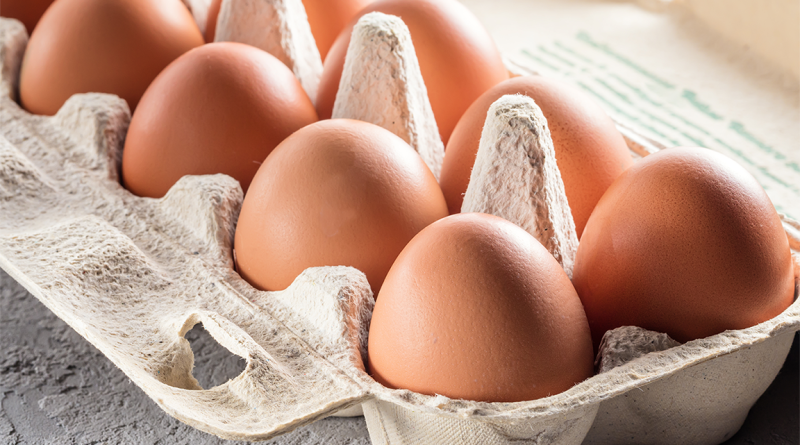A Bird Flu Crisis: How Poultry Shortages are Driving Egg Prices Up
Egg prices in the United States have reached record highs, leaving consumers and industry experts grappling with the implications of a historic avian flu outbreak. With the average cost of a dozen eggs exceeding $4 in late 2024—a 37% jump from the previous year—households and businesses are feeling the pressure. This dramatic rise is tied to the dual impact of an unprecedented bird flu epidemic and new cage-free regulations, both of which have disrupted the poultry supply chain.
The avian flu outbreak and its widespread impact on poultry
The current avian flu outbreak has been described as one of the most severe in US history, with the H5N1 and H5N9 strains wreaking havoc on poultry farms across the country. Over 136 million hens were culled in 2024 to contain the virus, creating a devastating ripple effect on egg production. Wild birds, which carry and spread the virus as they migrate, have exacerbated the challenge, making containment efforts particularly difficult.
The geographical scope of the outbreak spans nearly every major poultry-producing region in the US, with states like Iowa, Nebraska, and Minnesota facing the brunt of the crisis. Iowa, the nation’s largest egg producer, reported culling over 40 million birds alone. These losses have significantly reduced egg supply, driving up prices and creating shortages in grocery stores nationwide.
In response, poultry farmers have implemented rigorous biosecurity measures, such as enhanced sanitation, restricted farm access, and the separation of wild and domestic birds. However, these efforts come at a cost, both financially and operationally, further straining an already fragile industry.
Government agencies, including the USDA, have stepped in with compensation packages totaling over $1.14 billion to assist affected farmers. In addition, researchers are working to develop more effective bird flu vaccines to prevent future outbreaks. Despite these interventions, experts warn that the risk of recurrence remains high, as migratory bird patterns and climate change continue to influence the virus’s spread.
Rising egg prices
Egg prices have surged to historic levels, sparking concern among households and businesses alike. As of late 2024, the average cost of a dozen eggs rose to $4.15, with some areas reporting prices as high as $12 per dozen. This marks a 37% year-over-year increase, driven primarily by the avian flu outbreak, which decimated poultry flocks nationwide.
While the flu is the primary factor, it is not the only one. Recent implementation of cage-free laws in states such as California, Michigan, and Arizona has further amplified production costs. These laws, designed to improve animal welfare, require farmers to provide hens with significantly more space, leading to higher operational expenses. For example, retrofitting or rebuilding poultry housing to comply with these regulations can cost farmers millions of dollars, expenses that are ultimately passed down to consumers.
The economic consequences extend beyond the grocery store. Restaurants, bakeries, and other businesses that rely heavily on eggs for their operations face increased costs, forcing many to adjust menu prices or explore alternative ingredients. Small-scale operations, in particular, struggle to absorb these costs, with some even closing their doors temporarily until prices stabilize.
Historically, egg prices have shown sensitivity to supply shocks. During the 2015 avian flu outbreak, prices jumped by 35%. However, the current situation is more severe, with experts predicting a potential 20% price increase in 2025. This would push the average price per dozen to nearly $5, depending on the success of mitigation efforts.
The strain on the poultry industry and efforts to adapt
Poultry farmers across the United States are facing immense challenges, with the dual crises of avian flu and regulatory changes stretching resources thin. The culling of millions of birds has not only reduced production but has also disrupted supply chains, creating bottlenecks that exacerbate shortages.
To combat these challenges, farmers are adopting stringent biosecurity protocols, such as installing protective barriers around farms, increasing disinfection procedures, and using specialized equipment to monitor bird health. While these measures are essential for preventing the spread of disease, they come with significant costs that further burden the industry.
Adding to the strain is the rising cost of feed and transportation, both of which have seen price increases in the wake of global supply chain disruptions. This has pushed farmers to the brink, with some struggling to break even despite government support. Additionally, cage-free laws have become a contentious issue. While these regulations aim to enhance animal welfare, they also introduce new financial pressures.
Looking ahead, industry experts predict that egg prices will remain elevated through much of 2025, with potential stabilization in the latter half of the year. The combination of ongoing avian flu challenges, cage-free regulations, and rising operational costs suggests that consumers should prepare for continued volatility in the egg market.
Sources:
To keep up-to-date with our latest food industry news, subscribe to our newsletter today.
